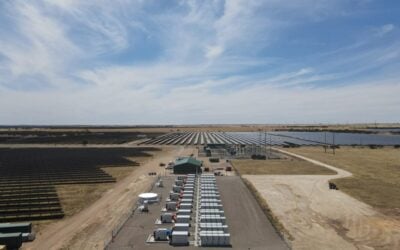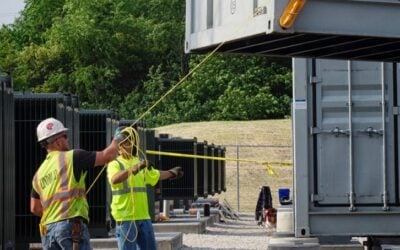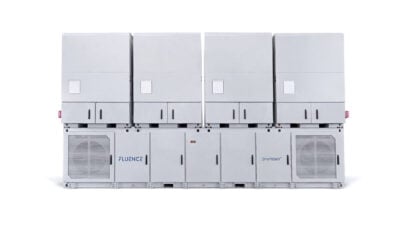
Australia’s Department of Climate Change, Energy, the Environment and Water (DCCEEW) has announced that the Capacity Investment Scheme (CIS) Tender 8 will launch later this month.
This tender aims to secure 4GW/16GWh of clean, dispatchable capacity with a 4-hour equivalent in the National Electricity Market (NEM).
The round will operate under a single-stage process, requiring proponents to prepare and submit all aspects of their bids before the closing date. This streamlined approach follows changes to the CIS tender process announced earlier in 2025, when the Australian government unveiled four tenders and streamlined procedures to accelerate project delivery timelines.
Tender 8 is scheduled to open for bids in late November 2025, with an eight-week period allocated for bid preparation and submission. The Department has indicated that proponents will be able to submit questions through the Q&A process from January 2026.
Try Premium for just $1
- Full premium access for the first month at only $1
- Converts to an annual rate after 30 days unless cancelled
- Cancel anytime during the trial period
Premium Benefits
- Expert industry analysis and interviews
- Digital access to PV Tech Power journal
- Exclusive event discounts
Or get the full Premium subscription right away
Or continue reading this article for free
The tender guidelines may include indicative NEM jurisdictional allocations, though specific details have not been disclosed in the market briefing documents.
Bids that satisfy all eligibility criteria will be assessed against merit criteria. AusEnergy Services Limited will conduct eligibility and merit assessments, along with due diligence checks.
Aggregated projects included in the CIS for the first time
Tender 8 introduces aggregate projects as eligible participants for the first time in the CIS programme, marking an expansion of the scheme’s scope. These are often defined as smaller-scale assets, with the CIS tender seeking aggregated projects between 5-30MW, that are all comprising the same technology.
The CIS market brief indicates that, following the release of the Australian Energy Market Operator’s (AEMO) final guidelines on voluntarily scheduled resources, the DCCEEW intends to investigate ways to broaden CIS eligibility to accommodate sub-5MW capacity standalone projects that hold exemptions from AEMO and are registered as voluntarily scheduled resources in future NEM tenders.
The introduction of aggregate projects represents a major policy development, potentially enabling smaller-scale storage projects to participate in the CIS programme through aggregation mechanisms.
This approach could unlock distributed energy storage resources (DERs) that individually fall below traditional utility-scale thresholds but collectively provide meaningful grid services.
Tender 8 follows the successful completion of CIS Tender 3 and 4. The results of the third tender were announced in September 2025, providing a combined 4.13GW and 15.37GWh to the NEM.
The largest project in that tender was the United Kingdom-headquartered developer Lightsource bp’s Goulburn River standalone battery energy storage system, which delivers 450MW of generation capacity and 1,370MWh of storage.
Meanwhile, CIS tender 4, which sought 6GW of renewable energy generation in the NEM, concluded with 20 projects totalling 11.4GWh of solar-plus-storage being awarded Capacity Investment Scheme Agreements (CISAs).
Australia’s 40GW Capacity investment Scheme
Australia’s CIS initiative provides long-term revenue contracts, known as capacity investment scheme agreements (CISAs), that reduce investment risk for renewable energy and storage projects. This enables developers to secure financing for large-scale developments.
The competitive tender process selects projects based on their ability to deliver reliable, low-cost clean energy services to the grid, with successful bidders entering into capacity investment scheme agreements with the federal government.
The CIS programme has experienced significant expansion since its inception, with the Australian government uplifting the target to 40GW of renewables and energy storage capacity.
The focus on dispatchable capacity in Tender 8 reflects the NEM’s evolving requirements as the grid transitions toward higher renewable energy penetration.
AEMO has identified mounting pressures on the NEM, noting that the market is becoming more weather-dependent, energy-constrained, less scheduled, and less dispatchable as coal-fired generation retires and variable renewable energy increases.
Tender 8’s 4GW capacity target represents a substantial addition to Australia’s dispatchable capacity pipeline, with the 16GWh energy requirement emphasising the importance of duration in storage project selection.





